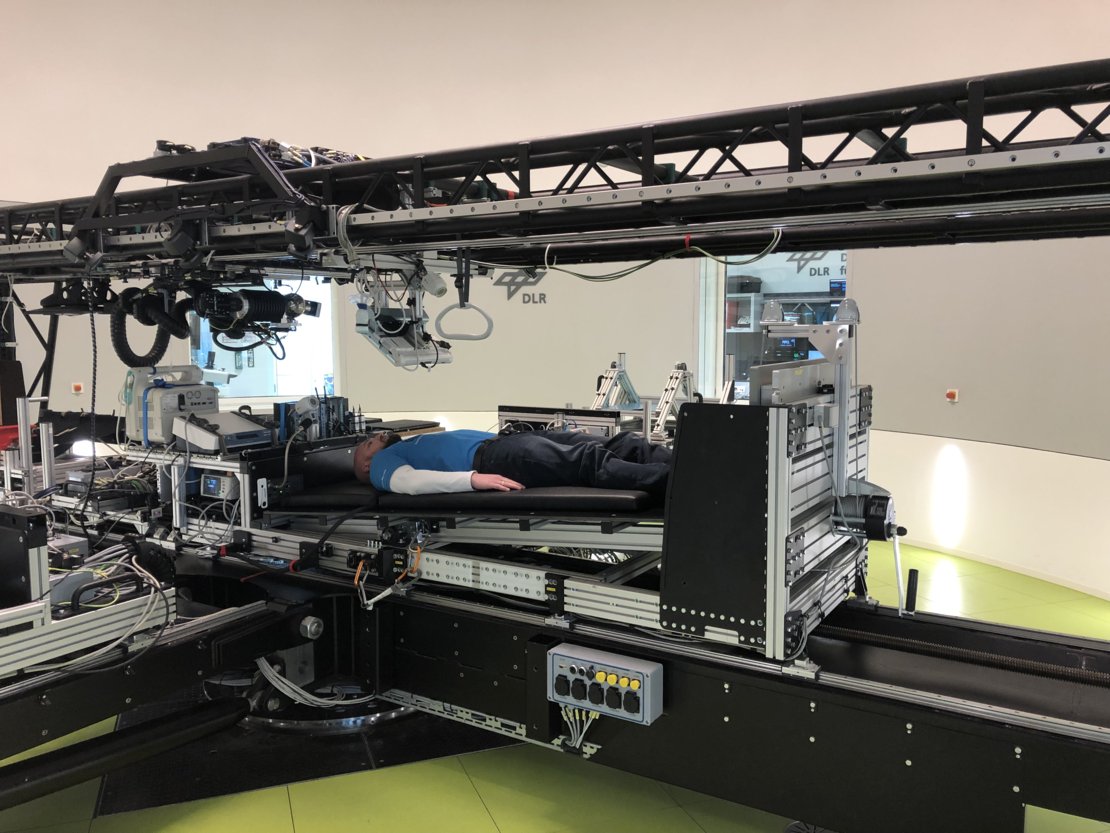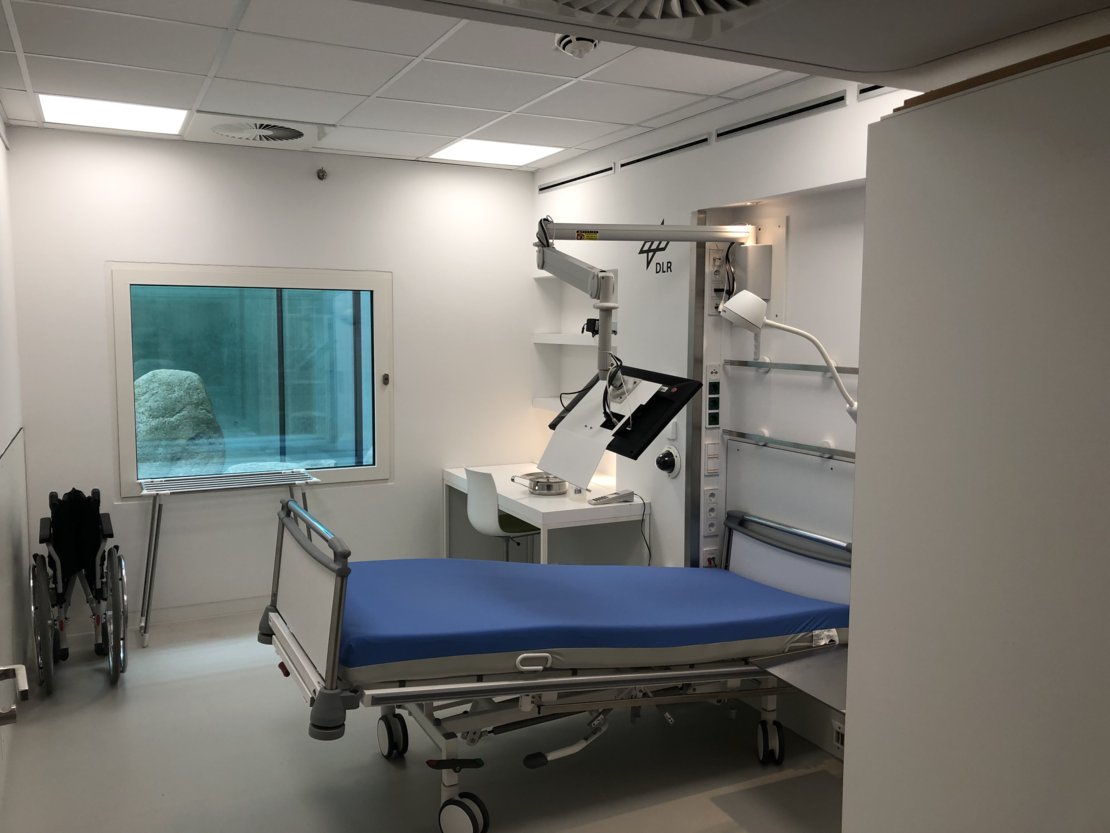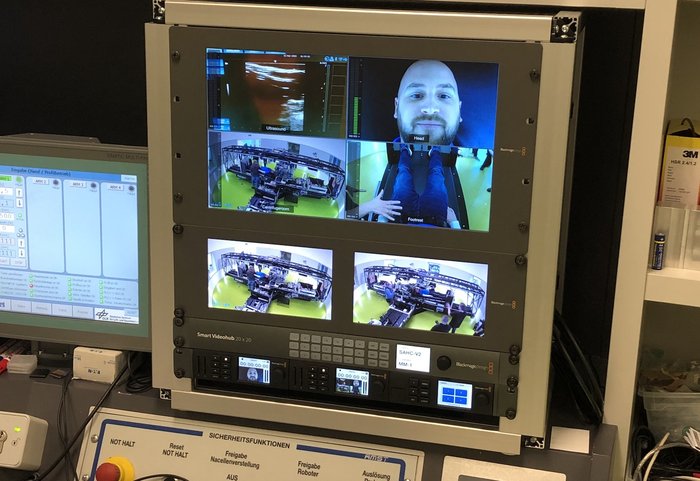
Some brave people will lie down for science soon — and they won't get up for a long, long time.
A 60-day bed-rest study funded by the European Space Agency (ESA) and NASA begins in Cologne, Germany, on Monday (March 25). Eight male and four female volunteers will take to the beds at the German Aerospace Center's :envihab facility, to help scientists better understand how spaceflight affects the human body. The scientists call the experiment the Artificial Gravity Bed Rest Study, according to German space officials.
(Bed rest is a common research tool in the human-spaceflight community; it can induce muscle atrophy and loss of bone density, just as prolonged stays in microgravity can.)
Related: The Human Body in Space: 6 Weird Facts
If you think this sounds like a dream gig, you may want to reconsider. For starters, there's no sitting up; each volunteer must keep at least one shoulder in contact with the mattress at all times. And the beds' head ends will be tilted 6 degrees below the horizontal, so blood flows away from the participants' legs, ESA officials said.
In addition, the poor folks will be regularly plunked into a centrifuge and spun up, to push blood back out toward their extremities.

The centrifuge bit is an attempt to gauge the real-life potential of artificial gravity — a long-running sci-fi trope — to combat the worst effects of weightlessness.
Get the Space.com Newsletter
Breaking space news, the latest updates on rocket launches, skywatching events and more!
This will be the first long-term ESA bed-rest study to employ :envihab's short-arm centrifuge, and the first conducted in collaboration with NASA, ESA officials said.

Researchers will perform a variety of experiments during the study; they'll measure participants' cardiovascular and cognitive performance, balance and muscle strength, among other factors. Such data will help ESA, NASA and their partners prepare for crewed treks to the moon, Mars and other deep-space destinations, project team members said.
"To make these missions possible, various risks to astronaut health must be minimized," ESA team leader for research Jennifer Ngo-Anh said in a statement. "This study allows us to address the issue of muscular atrophy caused by weightlessness, but also other stressors such as cosmic radiation, isolation and spatial restrictions."
- 60 Days in Bed: Study Tests Spaceflight's Effect on Human Body
- Space Travel May Increase Astronauts' Susceptibility to Cancer
- Space Travel: Danger at Every Phase (Infographic)
Mike Wall's book about the search for alien life, "Out There" (Grand Central Publishing, 2018; illustrated by Karl Tate), is out now. Follow him on Twitter @michaeldwall. Follow us on Twitter @Spacedotcom or Facebook.
Join our Space Forums to keep talking space on the latest missions, night sky and more! And if you have a news tip, correction or comment, let us know at: community@space.com.

Michael Wall is a Senior Space Writer with Space.com and joined the team in 2010. He primarily covers exoplanets, spaceflight and military space, but has been known to dabble in the space art beat. His book about the search for alien life, "Out There," was published on Nov. 13, 2018. Before becoming a science writer, Michael worked as a herpetologist and wildlife biologist. He has a Ph.D. in evolutionary biology from the University of Sydney, Australia, a bachelor's degree from the University of Arizona, and a graduate certificate in science writing from the University of California, Santa Cruz. To find out what his latest project is, you can follow Michael on Twitter.









